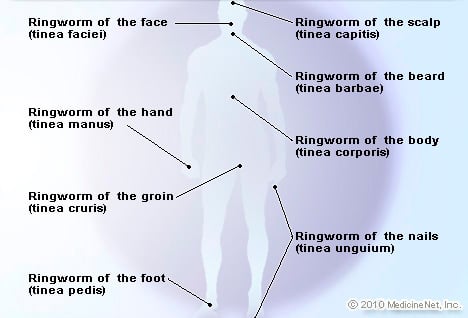
The two most common Tina Cruris types are scrotum and groin tinea. They both are caused by Candida albicans and can be nearly indistinguishable from each other. In both cases, the skin lesions are erythematous and scaly. The rash usually affects the groin area, but it can also occur in the scrotum.
There are three main Tina Cruris types. The first is a type that appears on the groin area. The most common type is scrotum. It looks like a rash with red, bumpy spots. It can be classified as a dermatophyte infection, and treatment includes topical antifungals. The second is a condition known as jock itch, which is caused by a dermatophyte called Epidermophyton floccosum.
The first type of scrotum is a dermatophyte, a pathogenic fungus that causes a painful rash. Both sexes are affected, and it can occur in adults and children of all ages. It is more common in tropical climates, and it is also more common in women than men. Several fungi are involved in the development of tinea cruris, including Trichophyton rubrum, Epidermophyton floccosum, and Epidermophyton floccosum. People with tinea cruris spread the fungus between themselves by scratching. Another common source of this infection is towels.
Treatment for Tina Cruris is based on evidence-based therapeutics and lifestyle modifications. The disease is treatable with antifungals and lifestyle changes. The key is avoiding common mistreatments and common mistakes. If you’re unsure of your diagnosis, consult a doctor for an accurate diagnosis. The best way to treat your condition is to learn about your condition. There are many effective treatments for Tina Cruris and you can make a good choice based on your unique situation.
Various treatments for Tina Cruris can help you get rid of the infection, as well as reduce the amount of time you spend cleaning and drying your skin. There are several different treatments for the different types of Tina Cruris. Those listed below should be effective for both mild and severe cases. The most common treatment for each type is a topical antifungal. However, you should be aware of the risks associated with the various treatments.

A dermatologist will usually prescribe the right medication to cure Tina Cruris. There are many antifungal drugs available on the market, and they can be very effective for treating this skin disorder. There are also a few common mistakes that you should avoid, however. For example, it’s best to consult a dermatologist before using any kind of antifungal creams on your skin. This way, you can avoid the risk of any side effects.
There are many different types of Tina Cruris. The most common type is jock itch, and it can affect both sexes. It is more common in hot, humid climates and is a common ailment in both men and women. It can be caused by dermatophytes such as Trichophyton rubrum and Epidermophyton floccosum. The rash can spread to other parts of the body, including clothing, towels, and clothing.
A dermatophyte infection in the groin is the most common type of Tina Cruris. The clinical appearance and potassium hydroxide wet mount of the rash can be used to diagnose Tina Cruris. There are several treatments for the condition, including medications, but topical antifungals are the most effective. But it is best to consult a dermatologist before using any of these medications.
The two most common treatments for the skin infection are lifestyle changes and antifungal creams. In addition to these, patients may also need to follow a diet and make sure to avoid contact with contaminated socks and towels. This is a common form of Tina Cruris. If the skin condition is untreated, it may be cured by a simple prescription. Other types of medications may include oral contraceptives and steroid creams.
The two most common types of Tina Cruris treatments are oral and topical. Oral antifungals are the most common for a localized Tina Cruris and topical antifungals for tinea pedis. The former is a recommended treatment for both Tina Cruris types. A topical antifungal cream will provide relief from itchiness and inflammation caused by the infection. Depending on the severity of the condition, an antibiotic may be necessary.